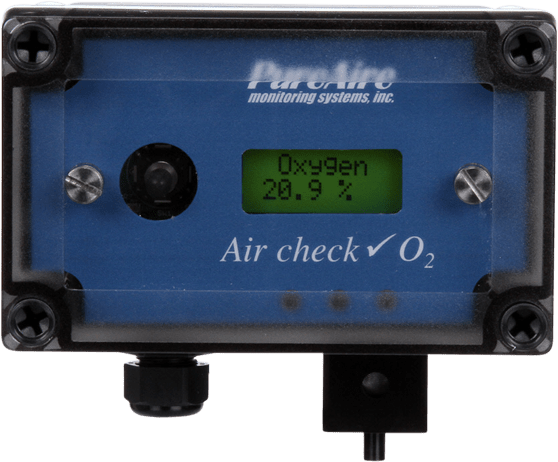Fast, Frozen, Convenience-Tunnel Freezers

Frozen foods first became commercially viable in the 1930s, thanks in large part to Clarence Birdseye. He is credited with inventing the double-belt freezer, the forerunner to modern quick-freeze technology, which includes the tunnel freezers used by most major food processors in North America.
Frozen foods offer many benefits to today’s busy consumers, including convenience; minimal processing, with few to no preservatives; a long spoilage-free product shelf life; and, especially when compared with canned foods, superior taste, since the ingredients are quick-frozen at their peak of freshness. Seasonal foods, such as fruits and vegetables, are, once they have been frozen, now available year-round. In the same way, people living in landlocked locations can enjoy fresh-frozen seafood, no matter the distance from the coast. And, through the near magic of quick-frozen partially baked bread products, we can consume bakery-quality goods at home, straight out of the ovens in our own kitchens.
Still, even as Mr. Birdseye’s invention made frozen foods available to mass consumers in the first place nearly a century ago, so, too, have more recent innovations in freezing technology, including new freezer types, such as tunnel freezers using cryogenic gases, greatly improved the quality and, therefore, the market acceptance, of frozen foods. These freezers very quickly “flash freeze” foods at extremely low temperatures, such that the foods maintain essentially all of their original freshness, flavor, and texture.
How Tunnel Freezers Work
Tunnel freezers work by rapidly freezing food using cryogenic gases, such as liquid nitrogen (LN2) or carbon dioxide (CO2). The fresh food items are placed on a conveyor belt, which carries them into the freezer, where an injection system (utilizing either liquid nitrogen or carbon dioxide), together with fans circulating the gas-chilled air, ensure that all food surfaces are quickly and evenly frozen.
Food products frozen in cryogenic tunnel freezers, including all manner of proteins, fruits, vegetables, and parbaked bread and dough items, are ultimately shipped to grocery chains and warehouse superstores; operators of quick service, fast casual, and fine dining restaurants; and school and hospital cafeterias, among other places, and they are enjoyed daily by millions of hungry people.
Monitoring Can Protect Food Processing Employees
While the use of liquid nitrogen and/or carbon dioxide is essential in that part of the quick-frozen food processing industry using tunnel freezer technology, it is not without risk. LN2 and CO2 are both oxygen-depleting gases, and oxygen deprivation could put employees in real danger if there are gas leaks from freezer supply lines or exhaust systems, or from on-site gas storage containers. In the event of a leak, plant personnel could become disoriented, lose consciousness, or even suffocate from breathing oxygen-deficient air. Since liquid nitrogen and carbon dioxide are both colorless and odorless, workers would, in the absence of appropriate monitoring, have no way of knowing that there has in fact been a gas leak.
PureAire Water-Resistant Dual O2/CO2 Monitors
PureAire Monitoring Systems’ water-resistan t dual oxygen/carbon dioxide monitors offer thorough air monitoring, with no time-consuming maintenance or calibration required. A screen displays current oxygen and carbon dioxide levels for at-a-glance reading by employees, who derive peace of mind from the monitor’s presence and reliable performance.
t dual oxygen/carbon dioxide monitors offer thorough air monitoring, with no time-consuming maintenance or calibration required. A screen displays current oxygen and carbon dioxide levels for at-a-glance reading by employees, who derive peace of mind from the monitor’s presence and reliable performance.
In the event of a nitrogen or carbon dioxide leak, and a decrease in oxygen to an unsafe level, the monitor will set off an alarm, complete with horns and flashing lights, alerting personnel to evacuate the area.
PureAire’s dual oxygen/carbon dioxide monitor is housed in an IP67 water resistant enclosure that will keep the electronics dry during wash-downs and will remain accurate at extremely low temperatures.That makes the monitor ideally suited for facilities using liquid nitrogen or carbon dioxide, such as frozen food processing plants with tunnel freezers. Built with zirconium oxide sensor cells and non-dispersive infrared sensor (NDIR)cells to ensure longevity, PureAire’s dual O2/CO2 monitors can last, trouble-free, for over 10 years under normal operating conditions.
Recent Posts
Надежда Гришаева И Anvil История Успеха И Расширения Возможностей
Nadezhda Grishaeva Exudes Happiness And Vitality While Leading A Vibrant Gathering To Commemorate Anvil’S Impressive Three Years Of Achievements In The Business Sector
Talk Dirty AI: Everything for Spicy AI Sex Chats
Talk Dirty AI: Start Chatting For Free On GirlfriendGPT
Why Are My Lymph Nodes Swollen?
Slottica Review 2024 Bonus, Free Spins & Games


